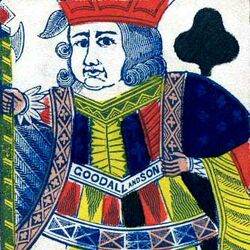Chas Goodall and Son
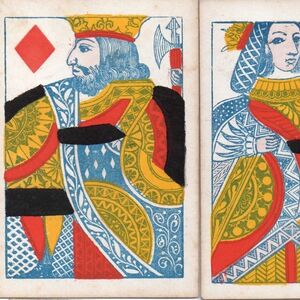
12: Goodall & Son
Charles Goodall & Son, 1820-1922 and beyond.
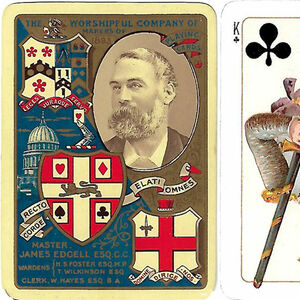
1893 Worshipful Company Pack
Worshipful Company Pack manufactured by Chas Goodall & Son, 1893.
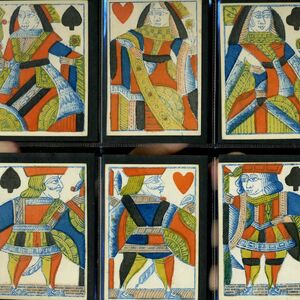
20: English Card-Makers 1761-1905
An initial survey of 19th century playing-card production. More detailed information appears on other pages.
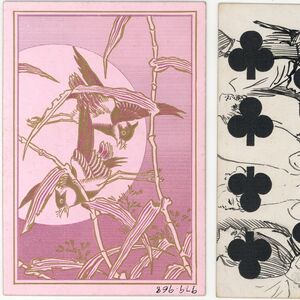
27: Cards at Strangers’ Hall, Norwich
There is a very interesting collection of playing cards held at the Strangers' Hall Museum in Norwich.
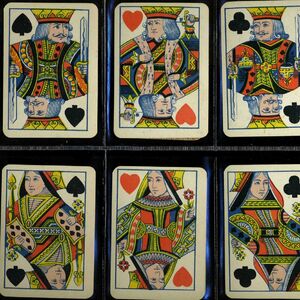
34: Design Copies
Some copies of the designs of Goodall and the New York Consolidated Card Co.
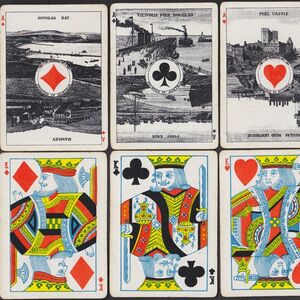
52: The Isle of Man
The Isle of Man has always been a tax haven within the British Isles and it has also had some interesting packs of cards.
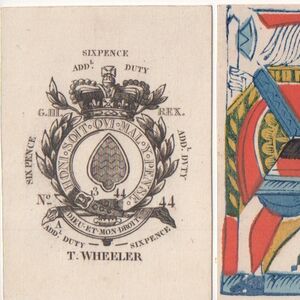
53: Some recent acquisitions and corrections
The following items are additions and alterations to my collection, the rest of which is listed on page 69.
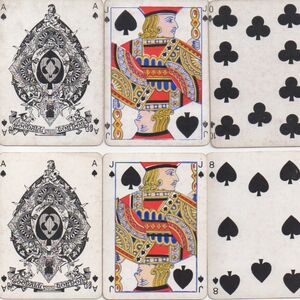
60: Some less common Goodall packs, 1875-95
There are some interesting packs from Goodall in the last quarter of the 19th century.
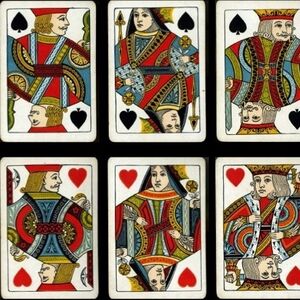
66: Adverts and related material 1862-1900
Some further material relating to cards from nineteenth and twentieth century periodicals.
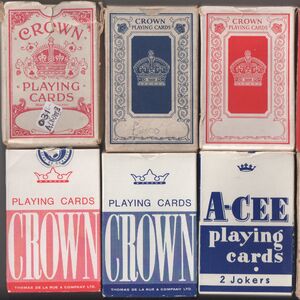
7: Brands and Packs
The introduction of brands commenced during the late 19th century as a development of the old qualities: Moguls, Harrys, Highlanders and Merry Andrews.
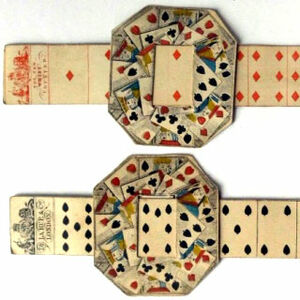
A New Look at the Evolution of Whist Markers and Gaming Counters
This article aims to illustrate the evolution of whist and gaming counters from the 18th century to the 20th.
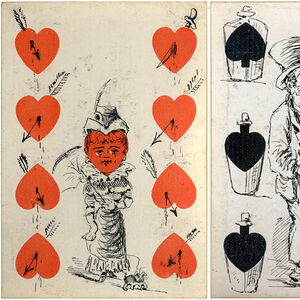
A Pair of Transformation Packs
Two similar but fascinatingly different hand-drawn transformation decks by the same artist, c.1875
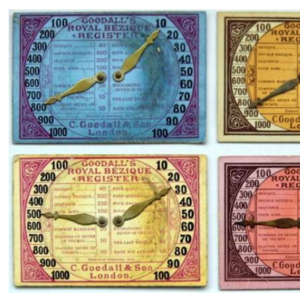
Bezique Markers, 1860-1960
Bezique is a two-player melding and trick-taking game. Dr. Pole introduced Bezique to England in 1861, but it wasn't popular until 1869.
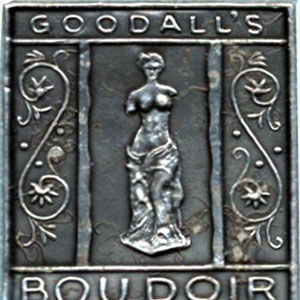
Boudoir
“Boudoir” playing cards were introduced by Chas Goodall & Son in 1906 in a new, slimmer size.
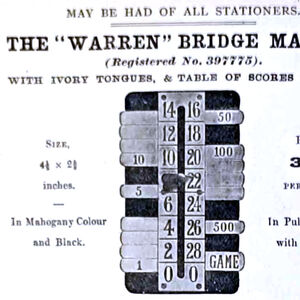
Bridge Markers and bridge scoring methods
Bridge Markers and bridge scoring methods 1900-1930
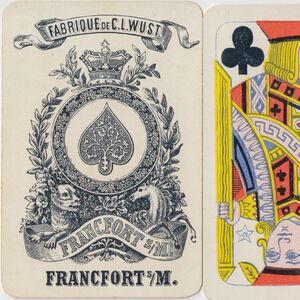
C.L. Wüst English pattern comparison
A review of the Ace of spades, court card, backs and joker of English pattern playing cards by Wüst from my collection.
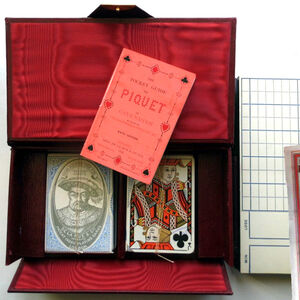
Card Game Items and contemporary advertisements
It is often difficult to identify the origin, manufacturer and date of a card game boxed set and other card game artifacts.
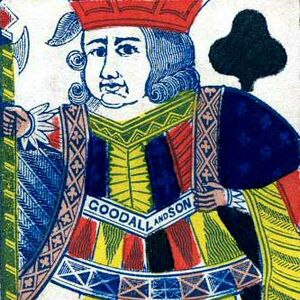
Chas Goodall and Son 1820-1922
Today nothing remains of Charles Goodall's Camden Works, where three-quarters of the playing cards printed in Britain were produced.
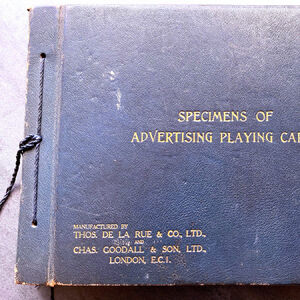
De La Rue 1932-1933 Sample Book of Advertising cards
Complete contents of a sample book of advertising cards by De La Rue
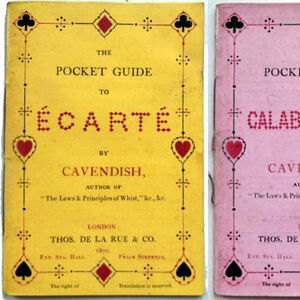
De La Rue Pocket Guides
The 19th Century saw the production, by all of the major companies, of pocket guides or “mini-books” on every type of game.


